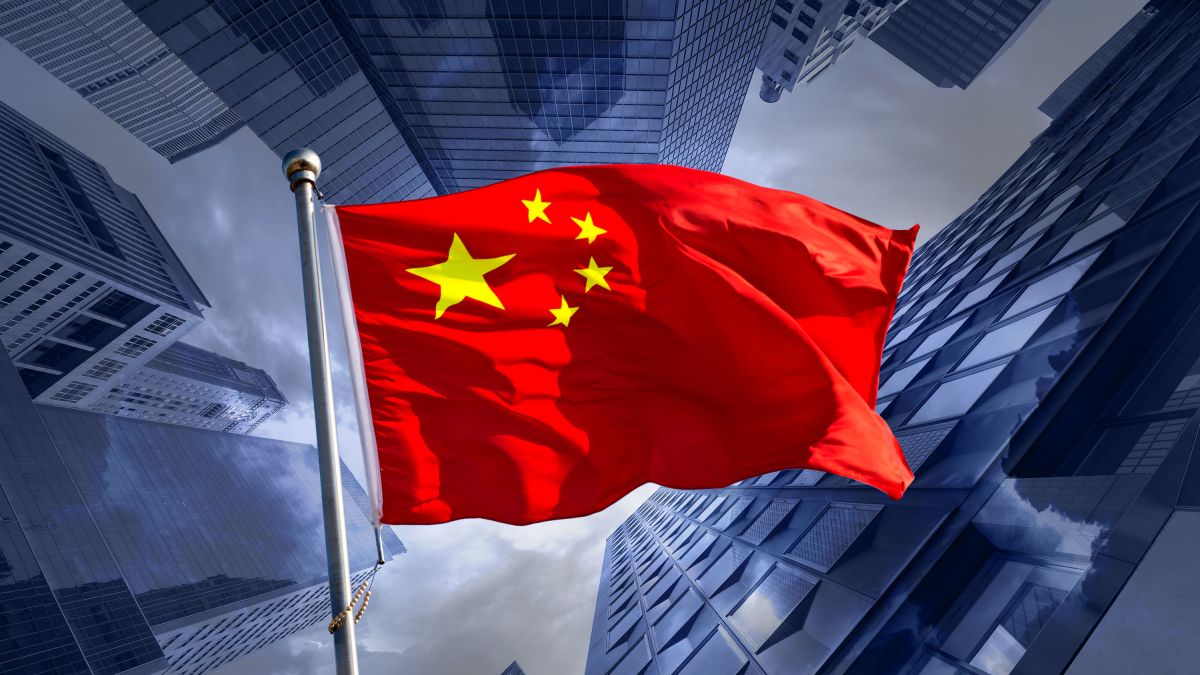China, known for its economic resilience and rapid growth, is facing an unexpected challenge on its path to recovery. As the global economy grapples with the aftermath of the COVID-19 pandemic, China finds itself amid a deflationary scare, casting a shadow over its economic prospects. This article delves into the causes, consequences, and potential solutions for China’s recent bout with deflation.
Table of Contents
The Deflationary Conundrum
In the wake of the pandemic, China, like many other economies, experienced significant disruption to its supply chains and consumer spending. This led to decreased demand, which in turn exerted downward pressure on prices.

This deflationary trend has become a cause for concern, as falling prices might seem beneficial to consumers but can be detrimental to the overall economy.
Causes of Deflation in China
1. Overcapacity in Certain Industries
China’s robust manufacturing sector has sometimes resulted in overcapacity, leading to excess supply in various industries. This oversupply dynamic has contributed to price erosion, as producers often resort to price cuts to offload excess inventory.
2. Declining Consumer Confidence
The pandemic-induced uncertainties have led to declining consumer confidence, causing individuals to delay discretionary spending. This shift in consumer behaviour further suppresses demand, leading to lower prices.
3. Global Deflationary Pressures
China’s economic interconnectedness means that global deflationary pressures can also impact its economy. As other significant economies experience deflationary trends, demand for Chinese exports weakens, putting further strain on its economic recovery.
Consequences of Deflation
1. Debt Burden
Deflation increases the actual value of debt, making it harder for businesses and individuals to service their debts. This can lead to financial distress and hinder investments vital for economic growth.
2. Reduced Investment and Innovation
Falling prices can discourage businesses from investing in new technologies and innovations. When profits are squeezed, companies are less likely to allocate resources to research and development, hindering long-term economic growth.
3. Wage Deflation
In a deflationary environment, businesses might cut wages to align with falling prices, decreasing consumer purchasing power. This wage deflation can create a vicious cycle, as reduced consumer spending perpetuates the economic slowdown.
Potential Solutions
1. Monetary Policy Adjustments
China’s central bank, the People’s Bank of China, can implement monetary policy measures such as interest rate cuts and quantitative easing to stimulate demand. These measures can encourage borrowing, investing, and spending, which can counter deflationary pressures.
2. Fiscal Stimulus
The government can deploy fiscal stimulus packages to boost demand and stimulate economic activity. Investments in infrastructure projects, healthcare, and technology can have multiplier effects on the economy, driving growth and inflation.
3. Structural Reforms
Addressing overcapacity in specific industries through structural reforms can help reduce deflationary pressures. This might involve encouraging consolidation, promoting innovation, and diversifying the economy’s composition.
Conclusion
China’s encounter with deflation presents a complex challenge that requires a multi-pronged approach. As the nation strives to maintain its economic momentum, policymakers must balance spurring demand and addressing underlying structural issues. A successful resolution to this deflationary episode is crucial for China’s financial well-being and the global economic landscape, as China remains a linchpin in the world economy.
As the world closely watches China’s efforts to overcome deflation, one thing becomes clear: the importance of flexibility in economic strategies. The journey from deflation to recovery is not linear, and it requires continuous assessment, adaptation, and collaboration among policymakers, businesses, and stakeholders. With the right mix of strategies and a commitment to learning from both successes and setbacks, China has the potential to transform its deflationary challenge into an opportunity for sustainable growth and leadership in the global economy.













